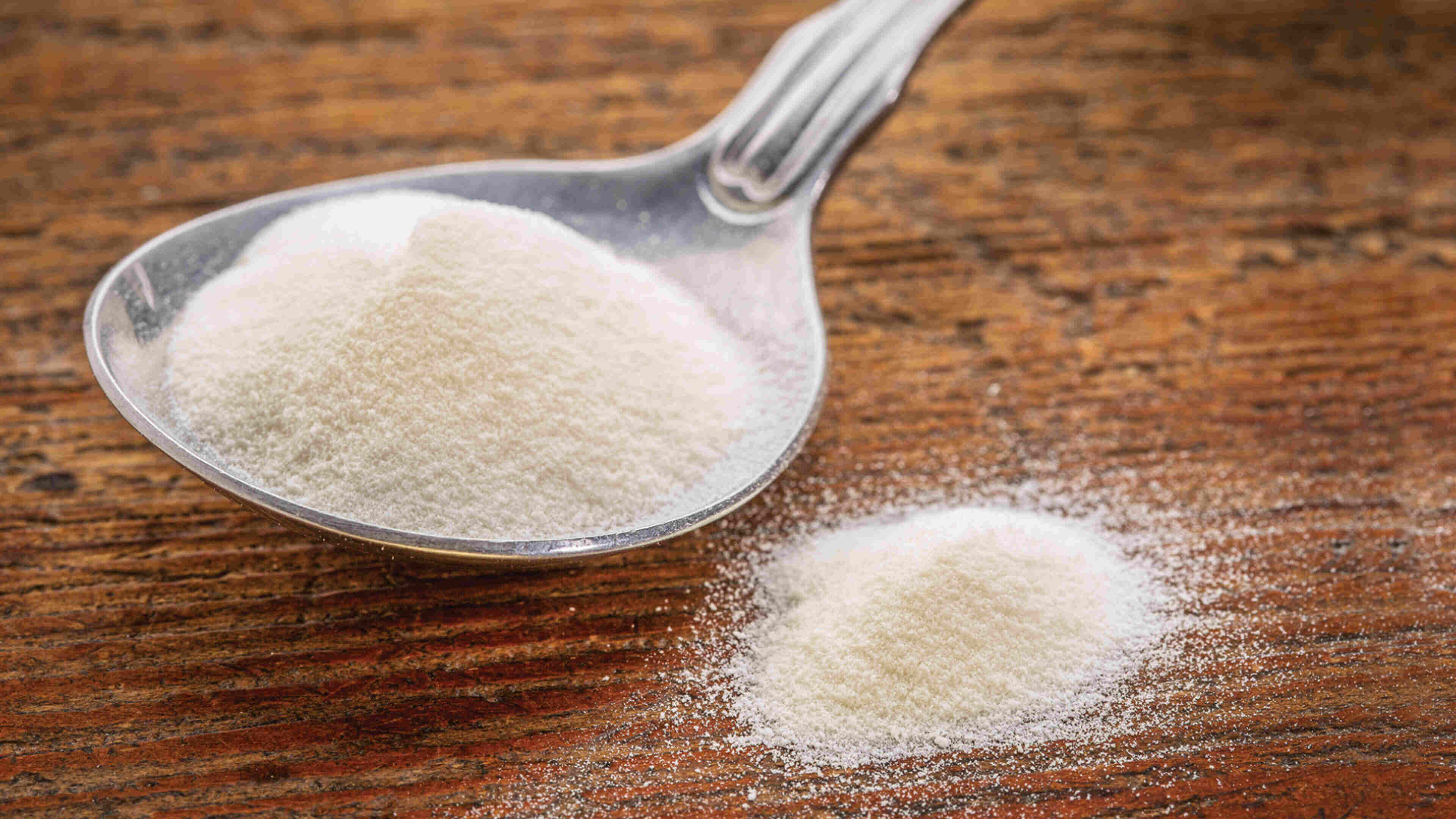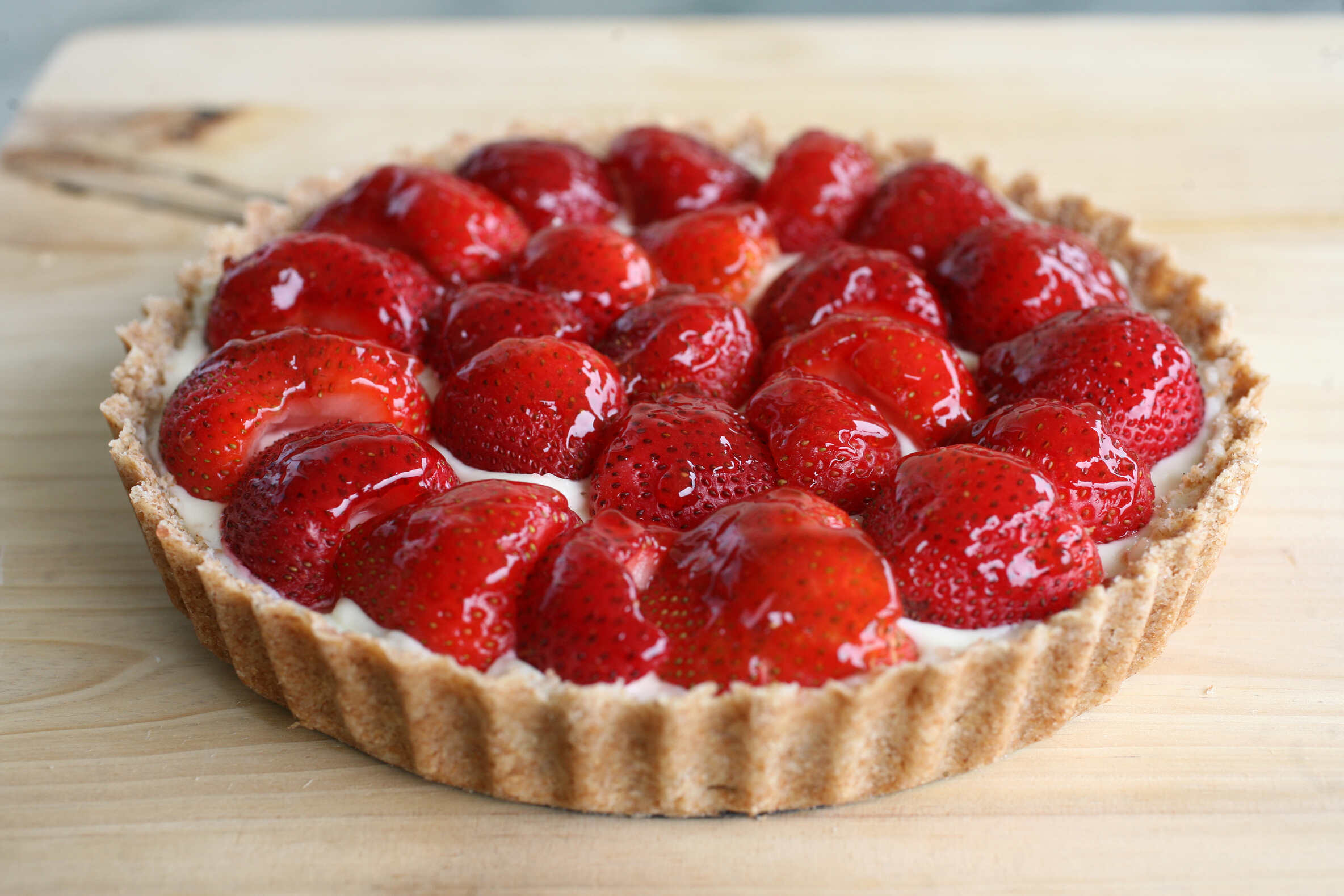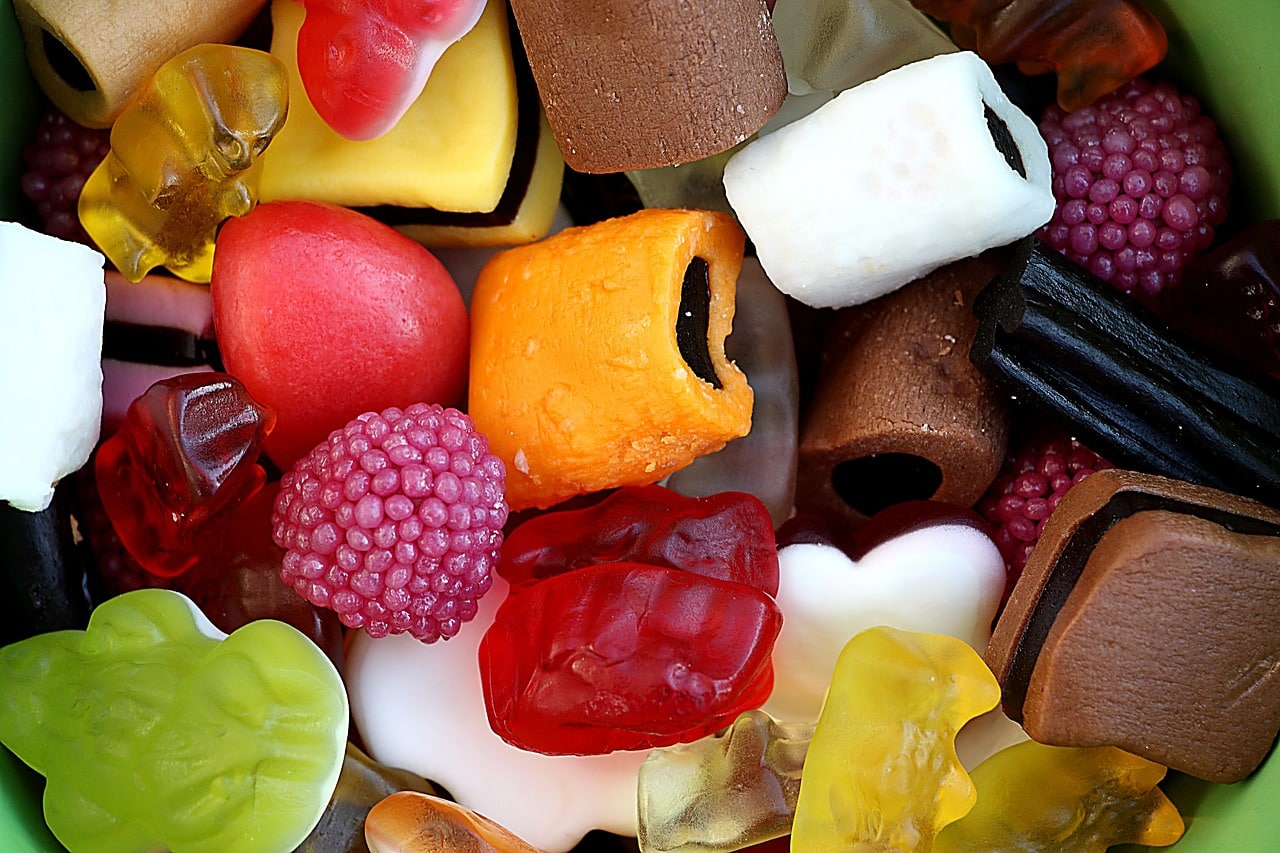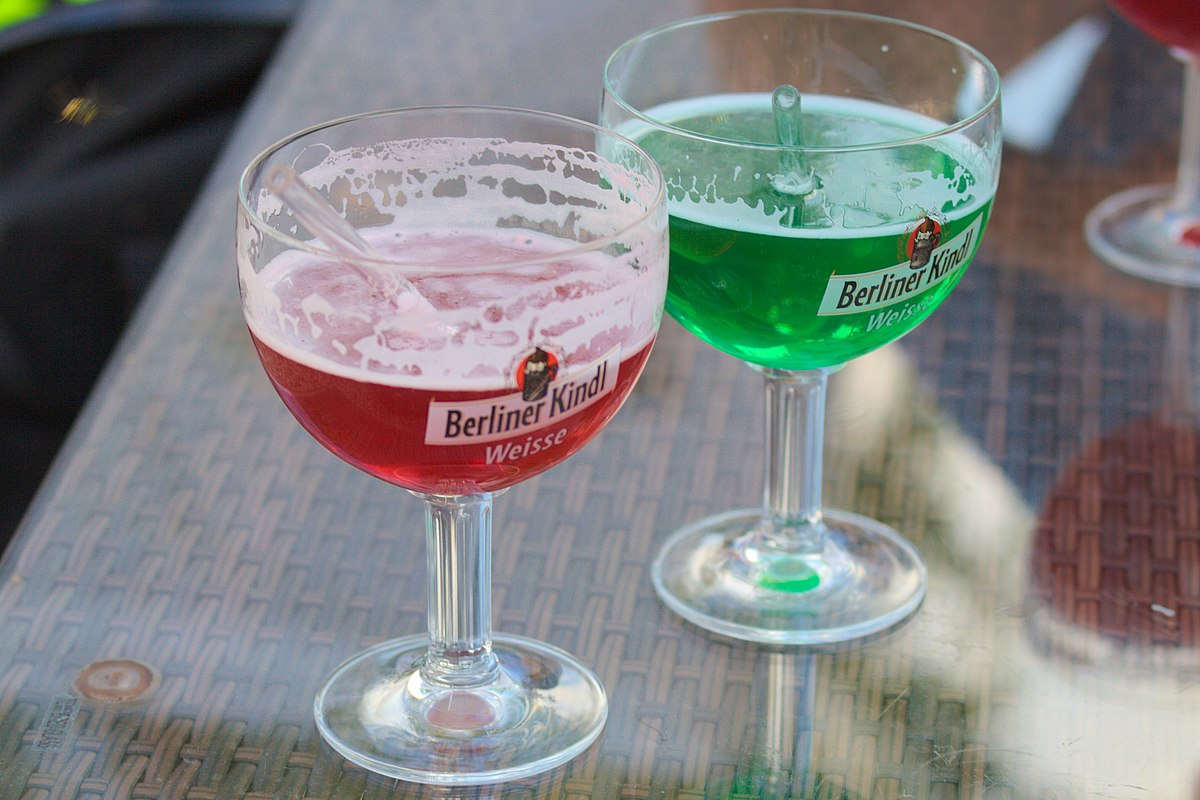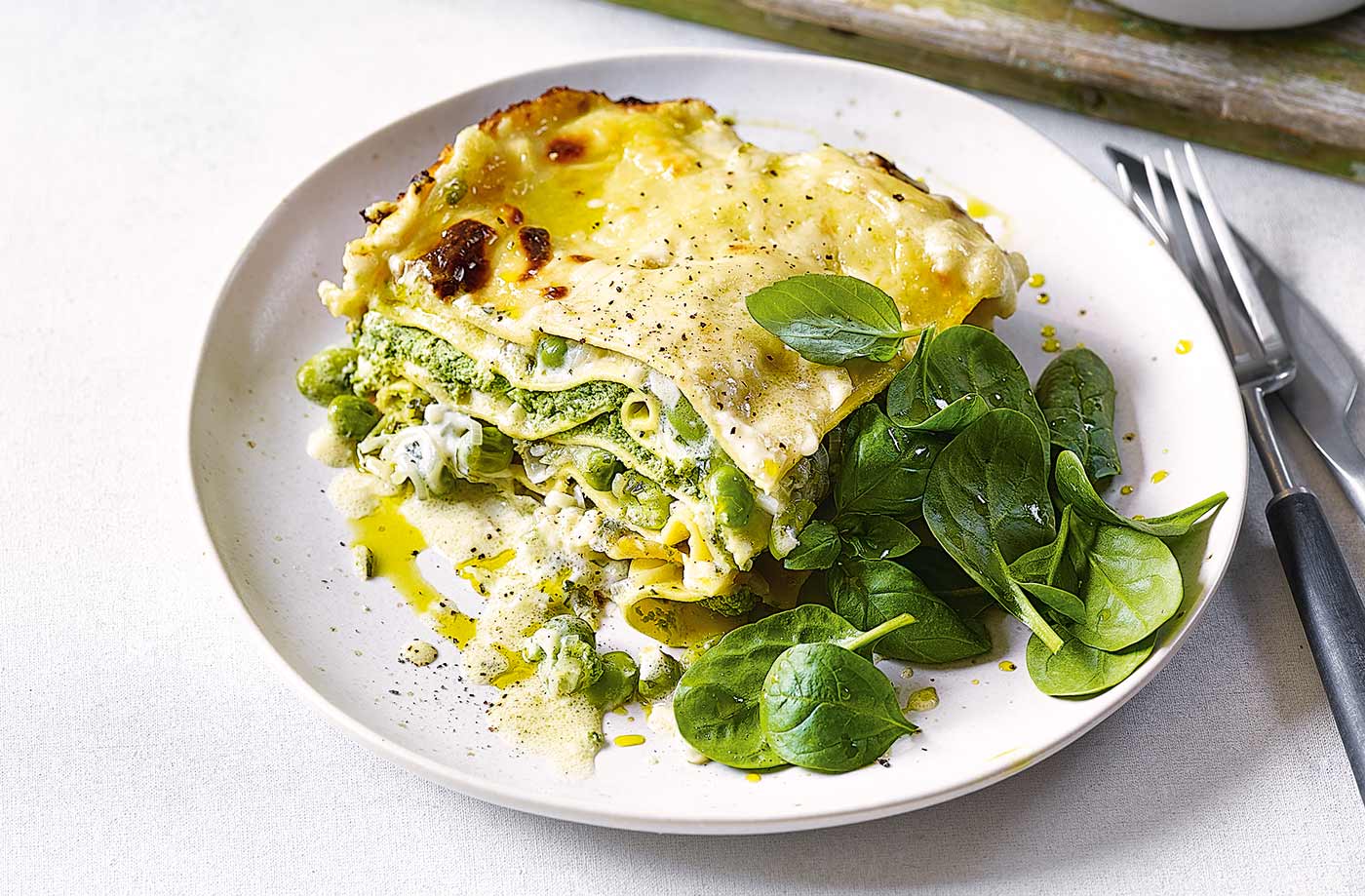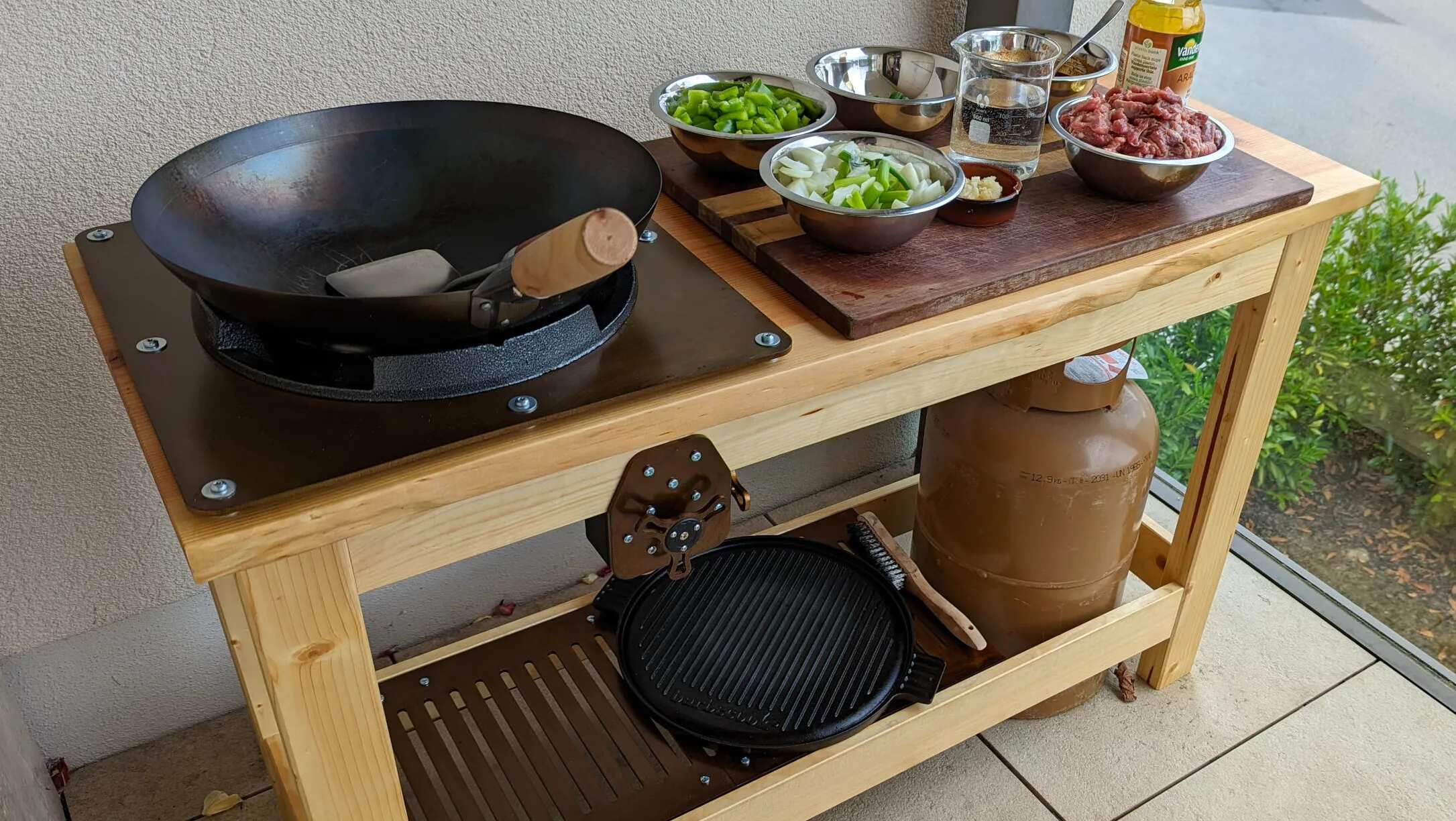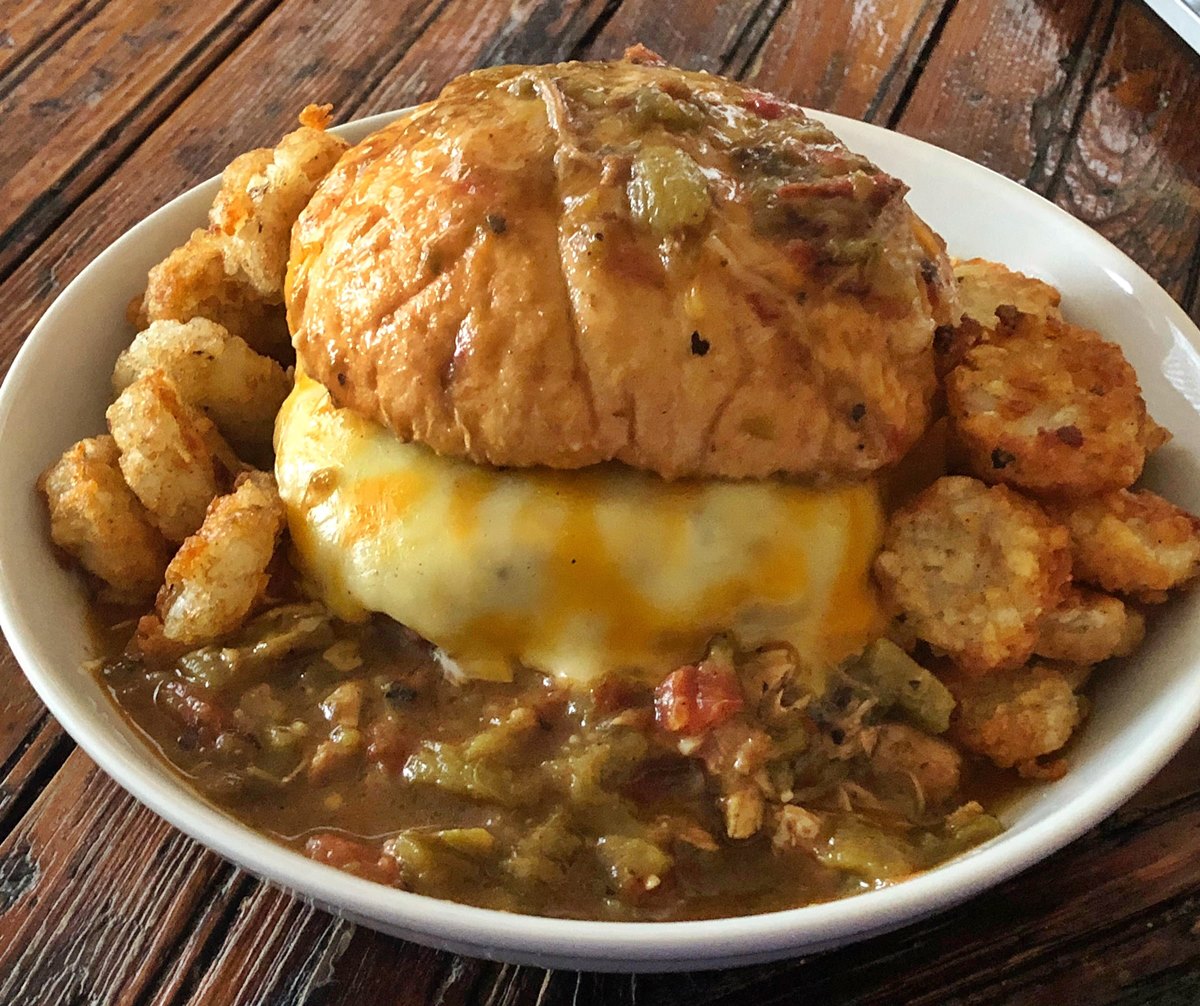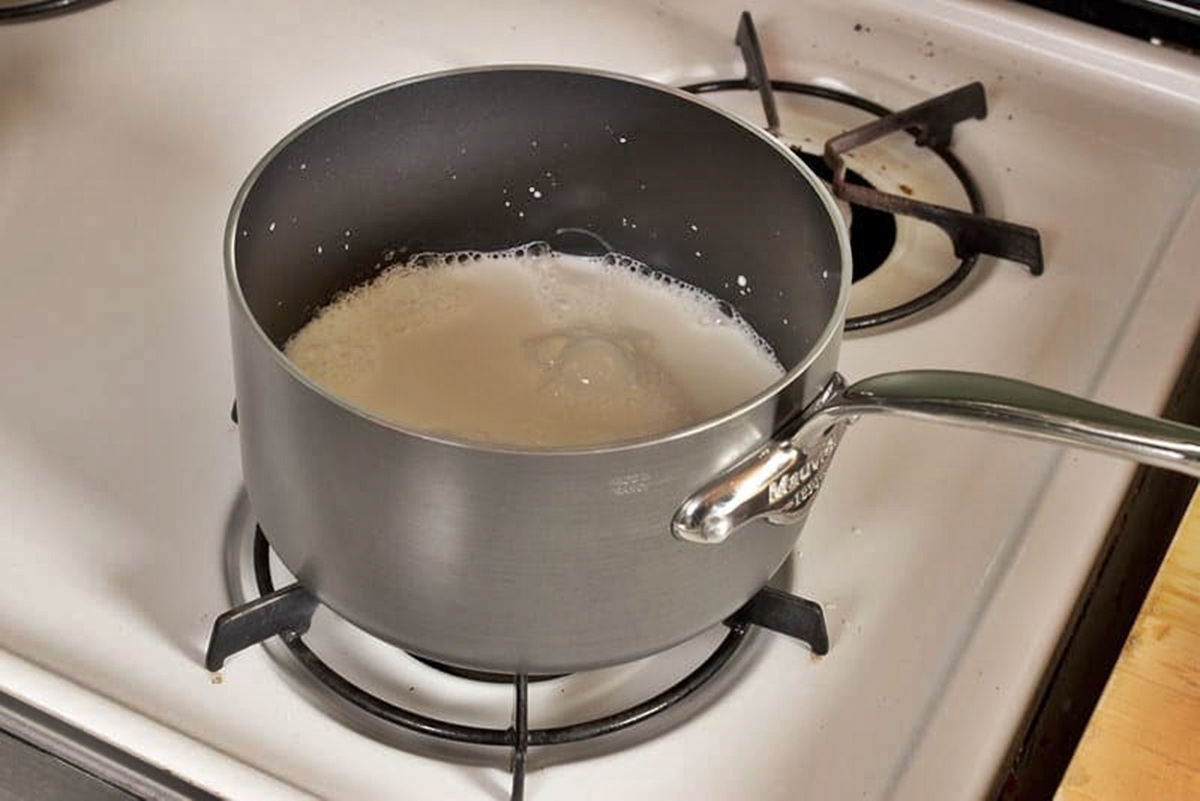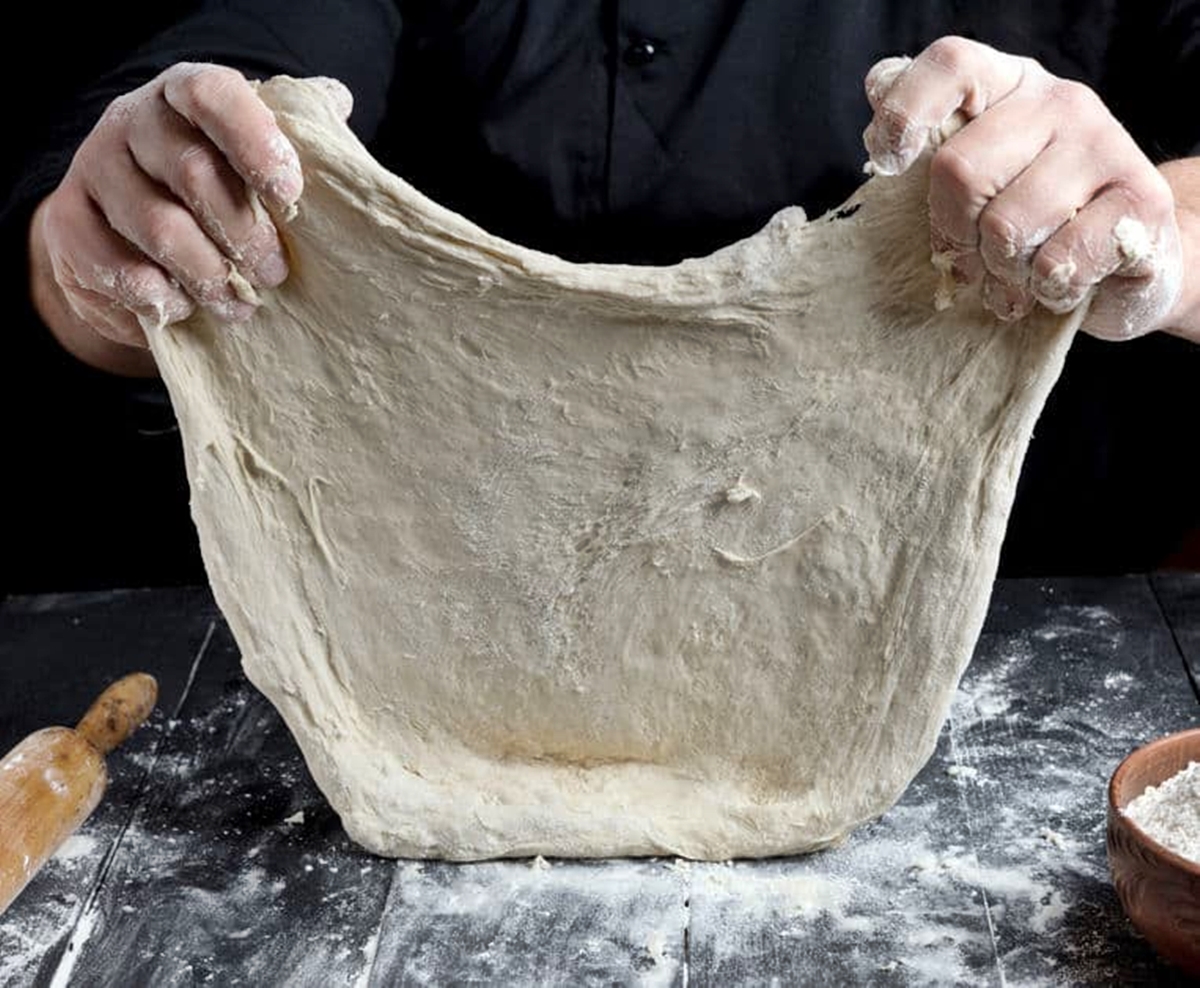6 Unexpected Factors That Can Ruin Your Gelatin Desserts
Gelatin desserts are a delightful treat that can bring back memories of childhood and add a touch of elegance to any gathering. However, creating the perfect gelatin dessert can be a bit tricky. There are several factors that can unexpectedly ruin your sweet masterpiece. In this blog post, we will explore six unexpected factors that you should be aware of to ensure that your gelatin desserts turn out perfectly every time.
1. Temperature Fluctuations
One of the most common reasons why gelatin desserts fail to set properly is temperature fluctuations. It’s important to allow enough time for your gelatin mixture to cool down before pouring it into the mold. Rapid temperature changes can prevent the gelatin from setting properly and result in a runny or watery dessert. To avoid this, make sure to follow the cooling instructions specified in the recipe and allow enough time for the gelatin to set before serving.
2. Acidic Ingredients
Acidic ingredients, such as pineapple, kiwi, or fresh lemon juice, can interfere with the setting process of gelatin. The enzymes present in these fruits can prevent gelatin from firming up properly, leaving you with a jelly-like consistency instead of a solid dessert. If you want to incorporate acidic fruits into your gelatin dessert, consider using canned versions or cooking the fresh fruits beforehand to deactivate the enzymes.
3. Incorrect Gelatin-to-Liquid Ratio
Getting the gelatin-to-liquid ratio right is crucial for a successful gelatin dessert. Too much gelatin can result in a rubbery texture, while too little gelatin can lead to a dessert that won’t hold its shape. It’s important to follow the specified measurements in the recipe and avoid any guesswork. Using gelatin sheets instead of powdered gelatin may require adjustments in the quantities, so be sure to check the conversion guidelines provided by the manufacturer.
4. Unstable Molds
The type of mold you use can also impact the final outcome of your gelatin dessert. Unstable or flimsy molds may not provide enough support for the gelatin to set properly, resulting in a distorted shape or uneven texture. Invest in sturdy molds that can hold the weight of the gelatin and ensure a clean and appealing presentation.
5. Premature Unmolding
Patience is key when it comes to unmolding your gelatin dessert. Removing it from the mold too soon can cause it to break apart or lose its shape. Wait until the gelatin has fully set, as specified in the recipe, before attempting to unmold it. To loosen the gelatin from the mold, gently run a knife around the edges or immerse the mold briefly in warm water to help separate it from the sides.
6. Incorrect Storage
Proper storage is essential for maintaining the texture and flavor of your gelatin desserts. Leaving them at room temperature for extended periods can cause them to become too soft or melt. To keep your gelatin desserts fresh and firm, store them in the refrigerator in an airtight container. This will help retain their shape and prevent contamination from other odors in your refrigerator.
By taking into account these unexpected factors, you can ensure that your gelatin desserts turn out as delicious and visually appealing as you envisioned. Remember to pay attention to temperature, choose your ingredients wisely, follow the recipe carefully, invest in suitable molds, be patient during the unmolding process, and store them correctly. With these tips in mind, you’ll become a gelatin dessert expert – delighting your family and friends with beautifully executed and irresistibly tasty treats!
